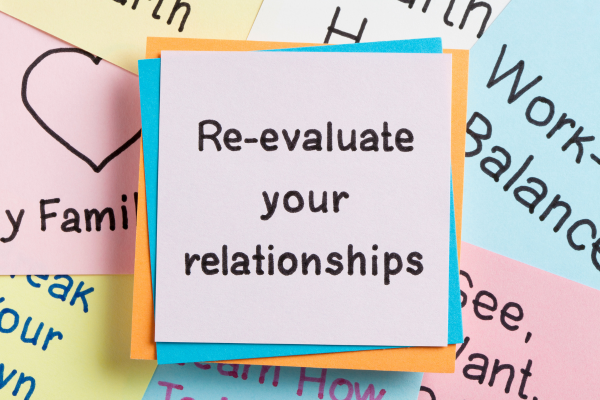
Embrace the Power of Vision
As December unfolds its tranquil beauty, it invites us to step into the realm of possibility and dare to dream. The year may be drawing to a close, but another chapter of your life is about to begin. In this blog post, we will explore the transformative practice of envisioning the year ahead, setting inspiring yet achievable goals, and allowing your dreams to shape the path you wish to walk. So, let us embark on this uplifting journey of self-discovery and creation.

Dreaming Your Way to a Remarkable Year Ahead
Dreaming is not a frivolous pursuit; it is the wellspring of inspiration and the foundation of growth. Your dreams can breathe life into your aspirations and shape your future. When you dare to dream and plan, you open doors to new possibilities, harness your inner strength and set the stage for remarkable achievements.
Step 1: Find a Quiet Refuge
To begin this transformative process, find a quiet refuge where you can let your thoughts wander freely. Choose a place to connect with your innermost desires, whether it’s a cozy corner of your home, a serene park, or a hidden alcove in a bustling café.
Step 2: Reflect on the Past Year
Take a moment to reflect on the year that’s coming to an end. What were your highlights, accomplishments, and moments of growth? Acknowledge the challenges you faced and the valuable lessons you learned. This reflection will provide a springboard for envisioning your future.
Step 3: Give Yourself Permission to Dream
Allow yourself to dream without limitations or self-doubt. Close your eyes and envision the year ahead. What do you want to achieve? How do you want to feel? Let your imagination roam freely and explore the possibilities that excite your spirit.
Step 4: Set Inspiring, Realistic Goals
From your dreams, distill concrete and achievable goals. Make them inspiring yet grounded in reality. Use the SMART (Specific, Measurable, Achievable, Relevant, Time-bound) criteria as a guide. Your goals should resonate with your heart and align with your values.
Step 5: Create a Vision Board or Journal
Visual aids can be powerful tools for manifesting your dreams. Consider creating a vision board with images, quotes, and symbols representing your goals. Alternatively, maintain a journal where you jot down your dreams, goals, and the action steps required to achieve them.
Step 6: Break Goals into Actionable Steps
Break down your goals into actionable steps to turn your dreams into reality. What can you do today, this week, this month, and throughout the year to inch closer to your dreams? Create a timeline and prioritize these steps.
Step 7: Cultivate Resilience and Adaptability
Remember that the journey toward your dreams may not always be smooth. Challenges and unexpected detours may arise. Cultivate resilience and adaptability as your companions on this journey. Embrace setbacks as opportunities for growth and learning.
Step 8: Stay Connected to Your Vision
Lastly, stay connected to your vision throughout the year. Review your goals regularly, celebrate your progress, and make adjustments as needed. Share your dreams with supportive friends or mentors who can provide guidance and encouragement.
As you embark on this journey of dreaming and planning for the year ahead, may you be filled with hope, inspiration, and a deep sense of purpose. Your dreams guide you towards a life rich with meaning and fulfillment. Cherish them, nurture them, and let them illuminate your path.
May the coming year be a testament to your courage, resilience, and unwavering commitment to your dreams. With each step you take, you bring your vision closer to reality. Embrace this journey with an open heart, and may your year ahead be filled with joy, growth, and the realization of your deepest desires.

A Compassionate Self-Assessment for the Year’s End
This blog post will explore the significance of assessing your physical, emotional, and mental well-being and how you can gently and compassionately embark on this self-assessment journey. Read here.

Coming This Month
Year-End Guide to Evaluating Your Relationships
In this blog post, we will delve into the art of evaluating your relationships with a heart full of encouragement and guidance, helping you make informed decisions on nurturing and cherishing these precious bonds. Read here.

Coming This Month
Setting the Stage for a Bright Future
In this blog post, we will delve into the art of reviewing your goals with a sense of encouragement and to help you make the most of this introspective process. Read here.
I invite you to sign up for our newsletter. It is a great way to get the Virtue of the Month and tips on relationships, parenting, and self-care. In addition, you’ll be the first to know about upcoming classes for successful families.
To sign up, visit the “Newsletter” section here on the website. Enter your email address, and you’ll receive our newsletter in your inbox on Wednesdays. I appreciate your interest in bringing out the best in your children and yourself. We look forward to keeping you informed through our newsletter!





